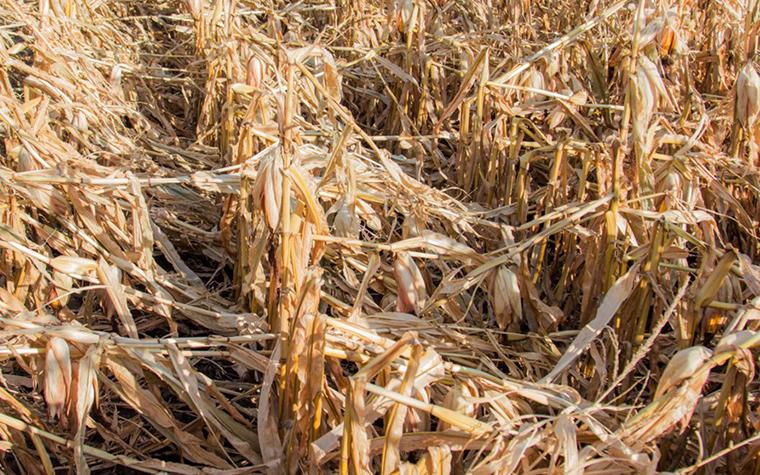Updated MU Extension publication helps farmers prepare for Missouri’s varying harvest windows.
COLUMBIA, Mo. – Every farmer knows the feeling: The crop is ready, but the weather isn’t cooperating. Muddy fields, disease-weakened plants, threatening winds and broken equipment can turn a good harvest into a stressful race against time.
University of Missouri Extension’s Days Suitable for Fieldwork in Missouri can help farmers plan with confidence, says senior research analyst Drew Kientzy. The publication draws on 20 years of weather data to show weekly averages of days suitable for fieldwork across Missouri. It also includes formulas to estimate how much acreage can be covered per day and size equipment to match available field time.
Why it matters
“In a year where crop disease pressure was intense, we have a more difficult decision to make about what crop to take out first,” Kientzy says. “Leaving standing corn in the field while harvesting soybeans carries the risk of wind damage, yield losses and a much more arduous harvest. An estimate of days available to harvest can make the decision to harvest corn on days fit to cut soybeans easier to swallow.”
Co-author Randal Stephens, an MU Extension agricultural business specialist in southeastern Missouri, says, “While November and even December can offer many days in the field some years, fall tillage and fertilizer application can leave little spare time in the fall and early winter. Estimating the number of machine-hours needed and the number of days available allow operators to make labor decisions about how much help is needed to get all the fieldwork finished before the weather turns.”
